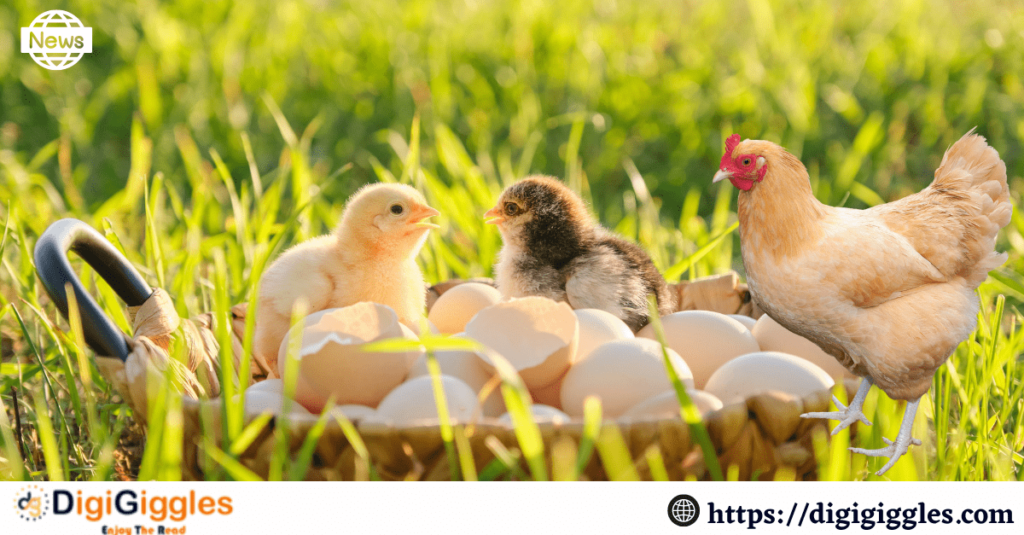The puzzle that was always there in the minds of everyone right from scholars to common people for ages and the question was “ What came first- Chicken or egg?”. The study dedicated to amphibians and lizards, recently scientists became confident in answering the age-old puzzle.
A recent study suggests that the ancestors of the current species of reptiles, birds and mammals have given birth to their young ones instead of laying eggs.
The analysis of 51 fossil species and 29 living species was done. They were categorised into oviparous (they lay either hard or soft-shelled eggs) and viviparous (they give birth to the young ones).
The researchers explained, “The discovery of oviparity in this assumed viviparous extinct clade, together with existing evidence, suggests that EER (Extended Embryo Retention) was the primitive reproductive mode,”.
The Extended retention of embryos is often referred to as EER a mother can retain them for a particular time period depending on the favourable conditions for survival.
According to researchers before the amniotes emerged, there were a group of vertebrates that may have undergone embryonic or fetal development. The first tetrapods were habitually amphibians as they developed limbs from fins like fish and lived in or around the water for their feeding and breeding. They resemble the modern species of amphibians like frogs and salamanders.
Michael Benton, a professor from Bristol School of Earth Sciences quoted “When amniotes appeared on scene 320 million years ago, they were able to break away from water by evolving waterproof skin and other mechanisms to control water loss. However, the amniotic egg was the key. It acted as a private pond, protecting the developing reptile from drying out in warm climates and enabling the Amniota to move away from the water and dominate terrestrial ecosystems,”
Several researchers challenged this view as they can see lizards and snakes having flexible reproductive systems of being both oviparous and viviparous. A study on fossils explained the fact that there were species who were live bearers and there was an evident transition between giving birth and laying eggs.
According to Dr. Joseph Keating “EER is common and variable in lizards and snakes today. Their young can be released, either inside an egg or as little wrigglers, at different developmental stages, and there appear to be ecological advantages of EER, perhaps allowing mothers to release their young when temperatures are warm enough and food supplies are abundant,”.
The researchers have explained that there was adaptive parental protection that provided an advantage to early animals.
